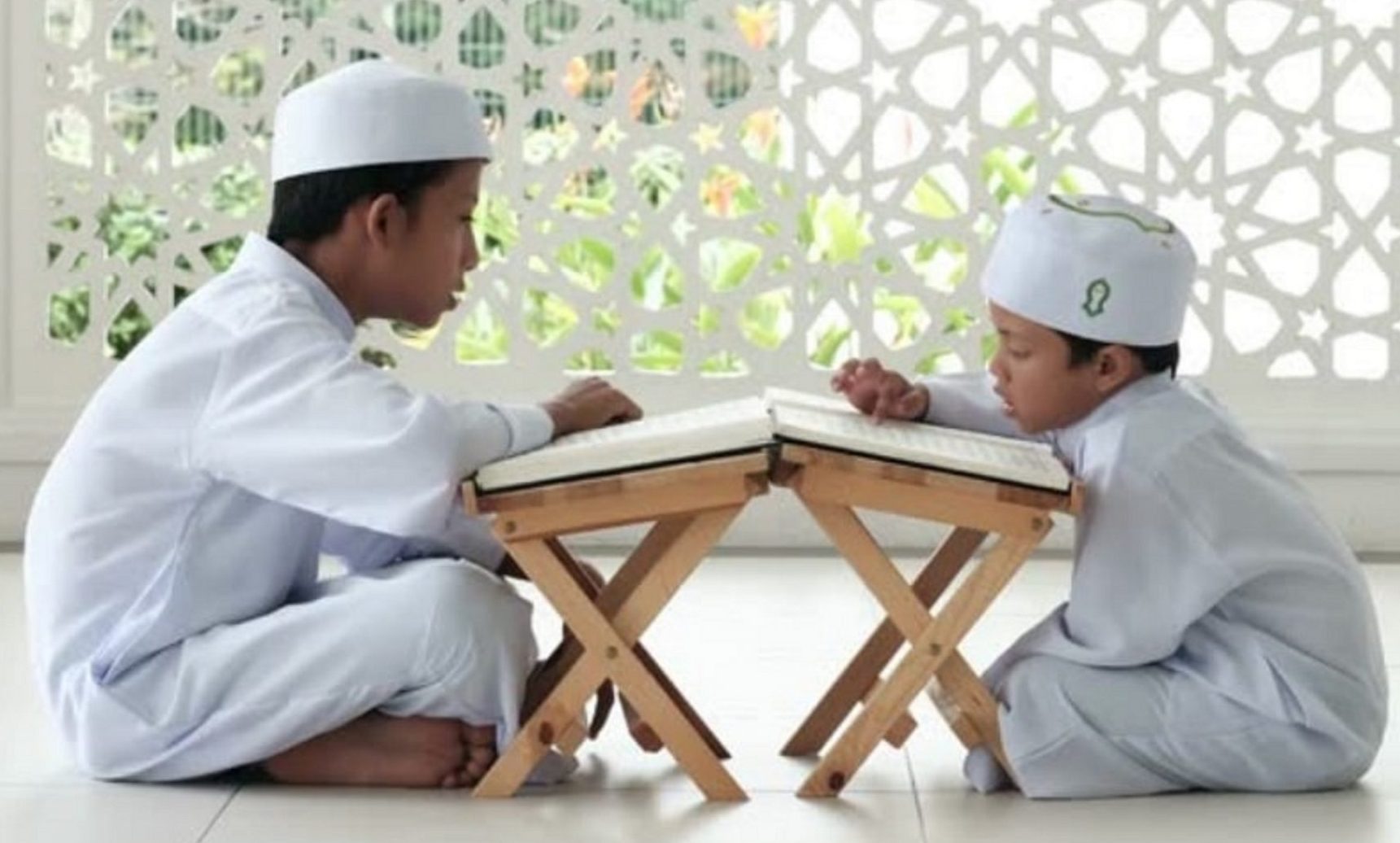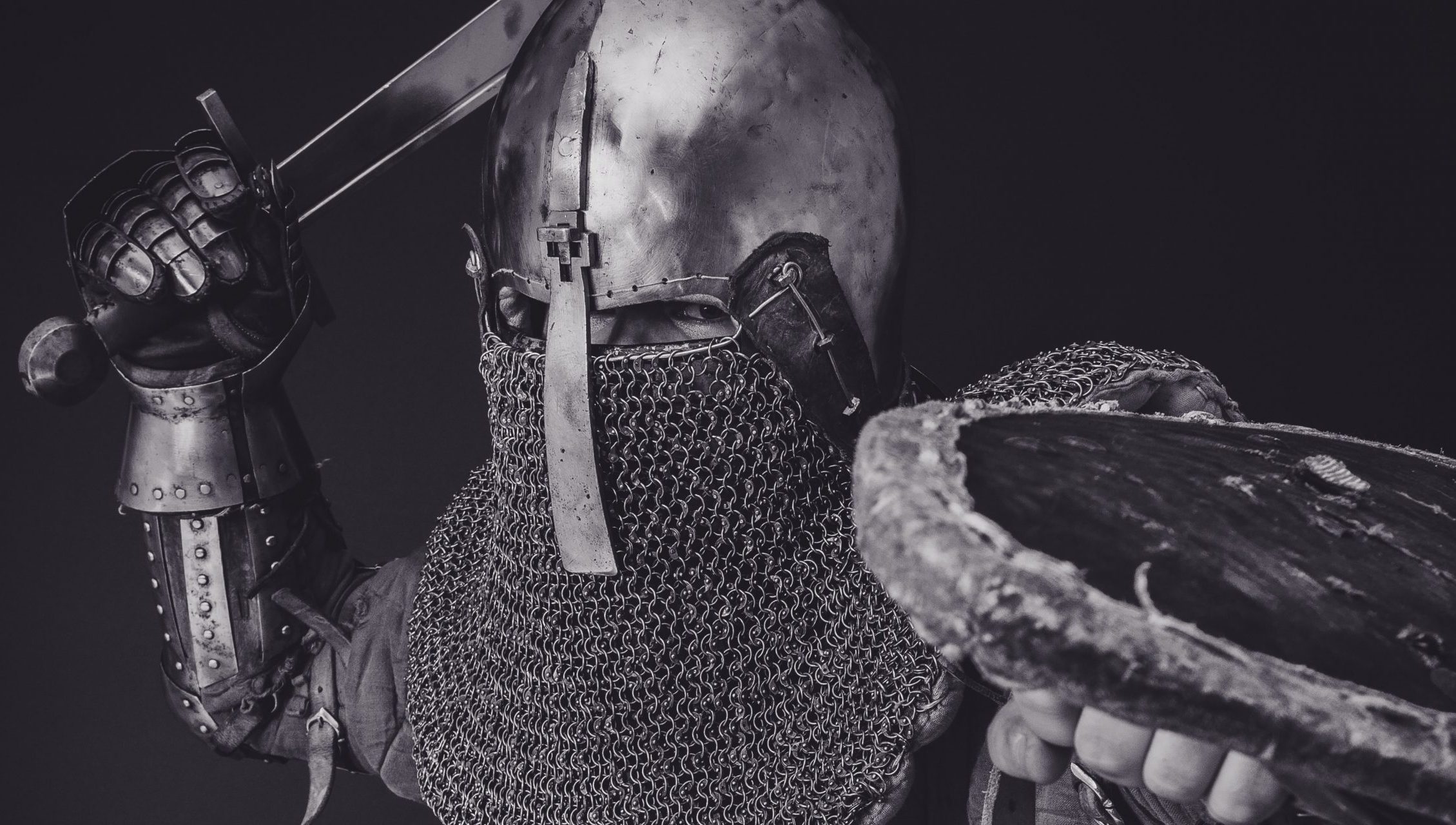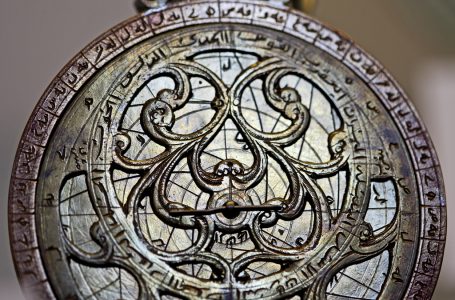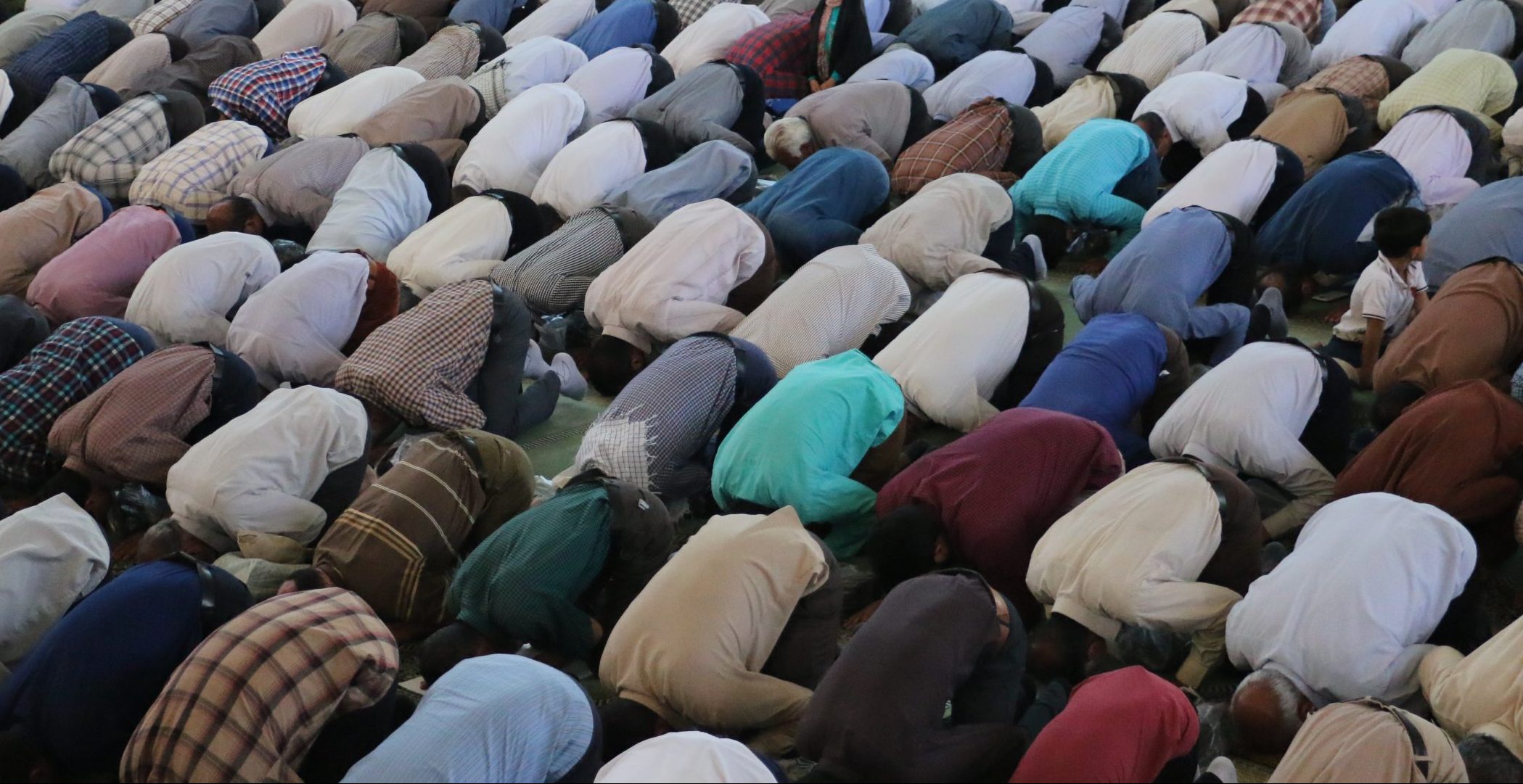Getting to Know Prophet Muhammad ﷺ: A Brief Biography
Nearly 2 Billion Follow The Teachings of Muhammad… Who Was He?
Islam is the fastest growing religion in the world and estimated to become the world’s largest religion by 2070. Today, nearly two billion Muslims around the world follow the teachings of Prophet Muhammad (peace and blessings be upon him). It was through him, that God’s words were revealed. He is well respected and loved for his honesty, humility, and sincerity; traits which Muslims strive to emulate.
Childhood Riddled With Loss
The Prophet Muhammad ﷺ, son of Abdullah, was born in Mecca in 570 CE. He spent the first 52 years of his life in Mecca. His father died shortly before his birth. His mother, Aminah, was the daughter of a chief and was one of the noblest women amongst the Quraysh tribe. After her death, Muhammad’s main guardian was his paternal grandfather Abdul-Muttalib, a leader amongst both the Banu Hashim and Quraysh tribes.
In accordance to the traditions of the time, Muhammad ﷺ was entrusted to a wet nurse named Halima as a baby. While amongst her Bedouin tribe, he was educated and grew strong. Under her care, he grew up in the hills of Mecca. When he was six years old his mother took him to Yathrib (currently known as Medina) for a few weeks to visit his father’s grave. On the journey back home, she fell ill and passed away.
After his mother’s death, young Muhammad ﷺ, returned to Mecca under the care of his grandfather Abdul Muttalib. Shortly after, at the age of eight years old, Muhammad ﷺ lost his grandfather, leaving him in the care of his paternal uncle, Abu Talib. Abu Talib stayed by the side of his nephew for many years to come.
At age 10, Muhammad ﷺ started herding goats and sheep. This is what taught him the true value of patience. As he grew older he learned about trade and business through his Uncle Abu Talib’s expeditions to the area currently known as Syria. While there were few journeys, all were crucial as he learned quickly and earned the reputation as an honest and fair businessman.
Muhammad’s First Love
By the age of 25, Prophet Muhammad ﷺ was revered by many as a trustworthy member of society and he often partook in a lot of public matters. He started to work for a well-known and successful businesswoman named Khadijah (May Allah be pleased with her). She was impressed with his character and reputation. She was 40 years old, a widow with 3 children. She was revered by many for her wealth and strength. Within months of Muhammad ﷺ being employed by her, Khadijah made the bold move and asked him to marry her.
They had a happy marriage for many years. They found great emotional comfort in each other. Their beliefs were similar, in that neither of them worshipped idols; rather they both believed in the one God. The first person to accept Islam from the Prophet and pray with him was his wife Khadijah.
Khadijah played a large role in the spread of Islam, supporting her husband and financing his mission. Khadijah remained the breadwinner of the family as they cared for their two sons and four daughters. Unfortunately their sons never reached adulthood and died as infants.
The Divine Revelation
As the Prophet Muhammad ﷺ grew older, he often spent months in meditation and prayer in the mountains. He often found solace in a cave named Hira.
AT THE AGE OF 40, MUHAMMAD ﷺ WAS VISITED BY AN ANGEL. THE ANGEL GABRIEL TOLD HIM “READ! IN THE NAME OF YOUR LORD, WHO CREATED (ALL THAT EXISTS).”
NOBLE QURAN 96:1
The Prophet was shaken by this encounter. He ran to his wife Khadijah. This was the beginning of his Revelation.
Over the course of the next 23 years, he received the verses of the Quran through encounters such as these. This was the beginning of his Revelation and his mission to spread the words of Allah to those amongst him as the last Prophet of Islam. He explained the oneness of God and encouraged everyone to turn to God in submission and obedience by accepting Islam.
Perseverance And The Prophecy
In the beginning of the Prophecy, Prophet Muhammad ﷺ shared his revelations and taught Islam to his closest friends and family in secrecy. He preached about the oneness of God, His overall power and that people would be judged and held accountable for bad deeds. His message encompassed morals, practicality and faith.
Most people at this point in time worshipped idols and the idea of One supreme God upset them. They believed that they were protected by their wealth. Prophet Muhammad’s message about Islam and Allah went against their ancestors’ beliefs degraded the value of their numerous idols. As the word of Islam and the Prophet’s teachings spread, Muhammad ﷺ and his followers were persecuted.
The Prophet Muhammad’s biggest enemies were his own people of the Quraysh tribe. They were the guardians of the Kaaba, the holy site which all Arabs made pilgrimage to. The Quraysh opposed Muhammad because they saw him and Islam as a threat to the social and economic control they enjoyed in Mecca. They also wanted to continue practicing the religion of their ancestors. They had a strong sense of obeying and following in the footsteps of their forefathers. They thought accepting Islam and recognizing Muhammad as the Prophet of God would weaken their authority and dishonor their lineage.
Some of the members of the Quraysh tribe exerted great efforts to stopping the spread of Islam even if it meant using violence. Throughout it all, the Prophet was protected by Allah and those close to him, including his Uncle Abu Talib. Many Muslims were tortured and murdered during this period. The Muslims were forced to seek refuge, running to the mountains for protection.
The people of Quraysh attacked the Muslims in all possible ways, which included depriving them of food and water. Due to this, a number of Muslims died of starvation and disease, including Khadijah, the Prophet’s wife. This event was shortly after followed by the death of Abu Talib, Muhammad’s uncle. With the deaths of his beloved wife and uncle, this year became known as the “Year of Sorrow.”
The Migration to Medina
The death of Abu Talib left the Prophet and his followers at risk. The Prophet advised his people to retreat to Abyssinia (currently known as Ethiopia) and seek the King’s assistance. The king was kind, and extended protection to many.
As time went on, the message of Islam spread. Many leaders in Mecca began to accept Islam and pledged to protect and assist the spread of the religion. This support led many Muslims to migrate from the dangers of Mecca to the safety of Yathrib (Medina) in the year 622 CE.
When the people of Quraysh realized the Muslims were leaving for safety they were enraged. They made efforts to kill Prophet Muhammad ﷺ once and for all. This plan was interrupted by God’s intervention and the Prophet and his closest companion Abu Bakr (May Allah be pleased with him) hid in a cave until it was safe to journey to Yathrib. The journey from Mecca to Medina is known as the Hijrah and marked the start of the Islamic calendar.
Muslims were received very hospitably in Medina as almost all of their hosts had recently accepted Islam themselves. For many years they lived well there and Islam spread peacefully and was integrated into society. Prophet Muhammad ﷺ established the Constitution of Medina which addressed several social and economic issues.
As more Muslims migrated from Mecca to Medina, the Quraysh grew furious. They felt as if their power over the Muslims was threatened. Turmoil ensued and many prominent companions of the Prophet Muhammad passed away in the battles between the Muslims of Medina and the non-Muslims from Mecca. As time passed, the Meccans lost their power and a truce was established between the Muslims and the non-Muslims.
The Prophet’s ﷺ Family
While married to Khadijah, the Prophet ﷺ did not have other wives. It wasn’t until later after her death, he eventually married and had up to 13 wives. The majority of the marriages that followed occurred in Medina after his migration and took place for political or benevolent purposes. Most of the women had lost their husbands in battle or were parts of families with whom Muhammad ﷺ wanted to form alliances.
The Prophet ﷺ was a fair husband to all of his wives. He assisted with all of the house chores and played a large role in raising his daughters. There are many stories of how he often laughed and played games with his wives.
THE PROPHET ﷺ SAID “THE MOST PERFECT OF THE BELIEVERS IN FAITH ARE THE BEST OF THEM IN MORALS. AND THE BEST AMONG THEM ARE THOSE WHO ARE BEST TO THEIR WIVES.”
AL-TIRMIDHI
One of his wives, Aisha, is highly respected for assisting in the spread of Islam after the Prophet’s passing. It is because of her Muslims learned about many things the Prophet ﷺ would have told her, such as inheritance, the day of judgement and hygiene.
The Death & Legacy of the Prophet ﷺ
The Prophet ﷺ lived in Medina for 10 years. In 632 CE he became sick after his farewell pilgrimage to the Kaaba in Mecca. After suffering for several days with a high fever he passed away at the age of 63 while resting on Aisha’s lap.
By the time the Prophet Muhammad passed away, Islam was well established in the Arab world and beyond. Within 100 years of his death, his message had spread as far as China and into Spain. He was revered as a blessed and just politician and leader as he invited people to explore Islam. He preached kindness and all who knew him testified that he spread the message of the One supreme God, Allah with the utmost faith and humility. The spread of Islam was not an easy one for him as most believed in multiple Idols for their survival. He completed the mission of the prophets who came before him and set the best example mankind could have to follow.






















